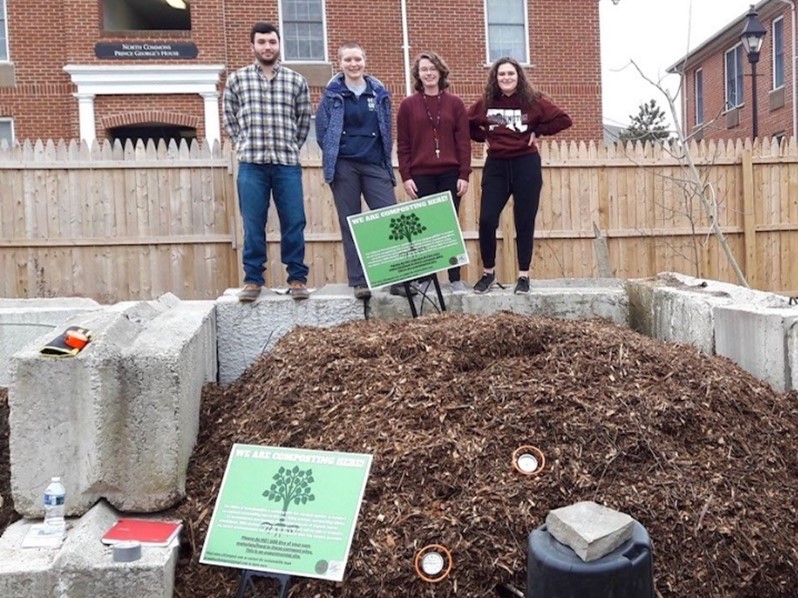Marketing Sustainability to College Students
What makes Colleges and Universities marketable? Is it having newly renovated dormitories, a quality curriculum, or instantly recognizable prestige? The majority of leaders in Higher education are asking this question and are now worried about their institution’s marketability and bubbling competition between schools, according to a survey by the Georgia Institute of Technology and the Huron Consulting Group. However, a unique strategy should be adopted by those who are worried about their marketing campaigns: marketing their environmental sustainability initiatives to the incoming generation of college students, who are shown to be more engaged with environmental issues than any other recent generation.
Colleges and universities across America have begun to prioritize sustainability. More and more top universities are actively working to not only reduce their carbon footprint, but also to foster a culture of environmental innovation and stewardship on their campuses. Stanford, for example, not only tracks their impressive sustainability progress and displays this publicly on their site, but also provides specific opportunities, like yearlong paid internships and engaging reward programs, to their students. These opportunities allow Stanford to reach their environmental goals and improve the quality of education provided. Experiential learning opportunities, like the ones offered at Stanford, let students connect directly with the issues that affect the local community, which empowers them with invaluable leadership experience. These experiences also allow students to connect with other people passionate about the environment and sustainability, allowing them to make important professional connections and relationships that will serve them well as they enter the job market. Most major companies are issuing environmental, social, and governance reports (“ESG” reports) annually, often setting ambitious environmental goals like reducing their waste, energy usage, and carbon emissions. Likewise, the skills needed to effectively organize sustainability-related events and projects make those students who are involved with such environmental initiatives unique and competitive candidates for any type of post-college employment.
As the incoming generation of college students, Generation Z values these types of programs. Polls from the Pew Research Center show that many individuals from Generation Z, those who were born roughly between 1997 and 2012, are actively engaged with the issues surrounding climate change. According to their polls, 67% of Gen-Z respondents talked about the need for climate action on a weekly basis, more than their Millennial, Gen-X, and Boomer counterparts. 37% of Gen-Z also hold that their top personal concern is the need to address climate change. The rising popularity of sustainability among young people, and their concern for environmental damage, indicates that more colleges and universities should follow in the footsteps of institutions like Stanford and start building marketable sustainability programs for their future students. Not only will these programs attract passionate students and give them the tools to succeed after they graduate, but these programs will also allow institutions to reduce their environmental impact on the environment and save money usually spent on unsustainable practices surrounding energy consumption and waste: A win-win for everyone involved.
Marketing sustainability to incoming college students should be a priority of all higher education institutions to strengthen their enrollment, empower their campus body, improve their impact, and prepare the next generation to tackle pressing sustainability issues.
If your campus is looking to grow and market your sustainability programs and could use help, feel free to reach out to us at 410-877-1593 or TrashTalk@ReductionInMotion.com.
By Emily Hurley, Business Development Intern 2022 and 2022 Washington College Graduate

Our team of sustainability and waste consultants work together to develop content for our site. Contact us to learn more about something we’ve written about or would like us to focus on in the future.


